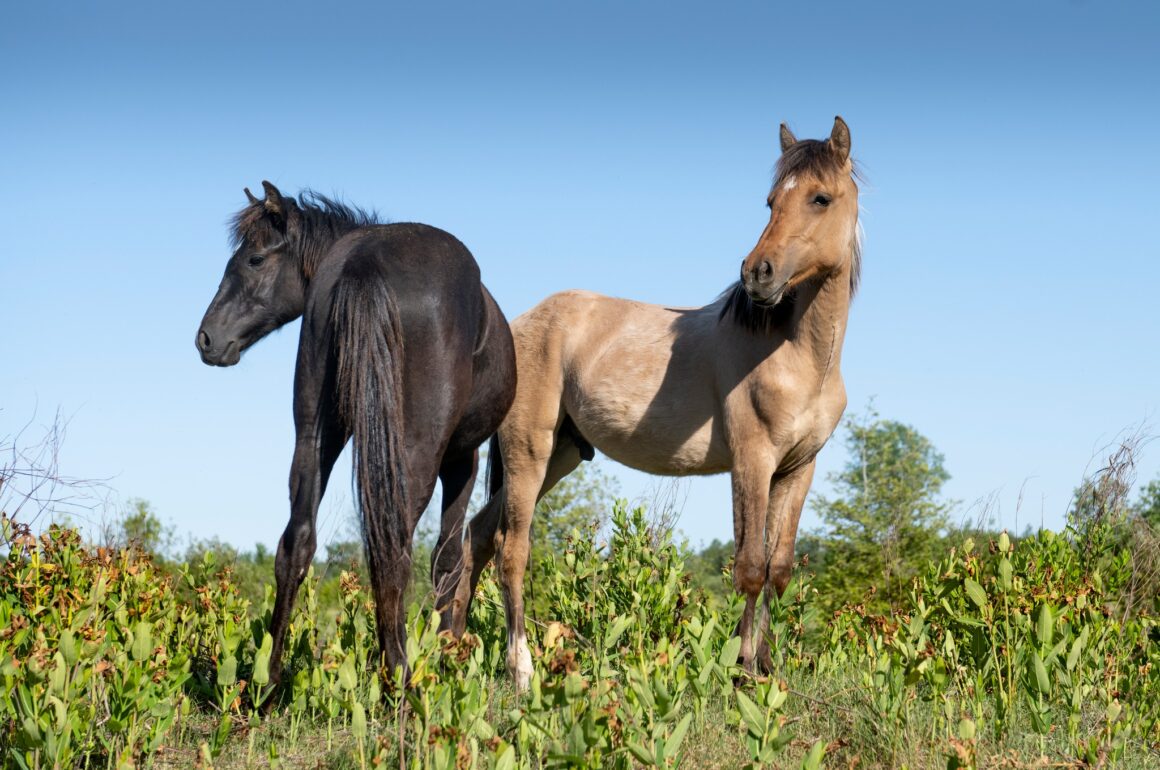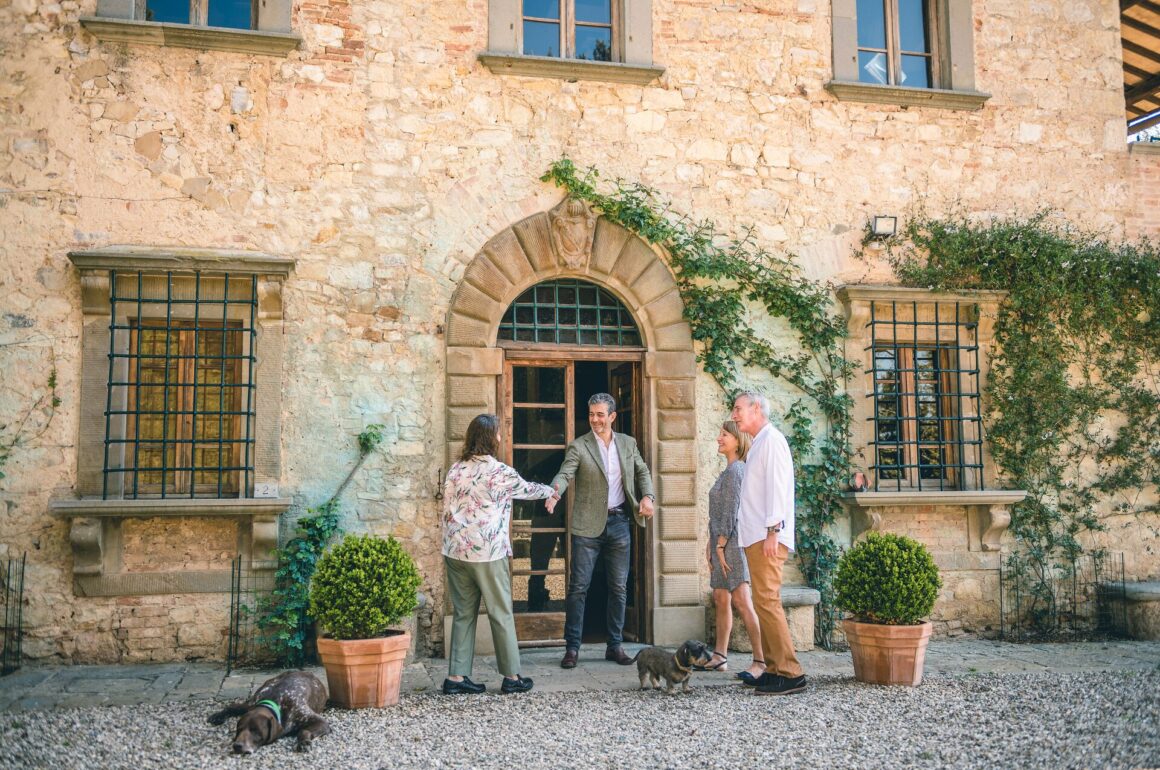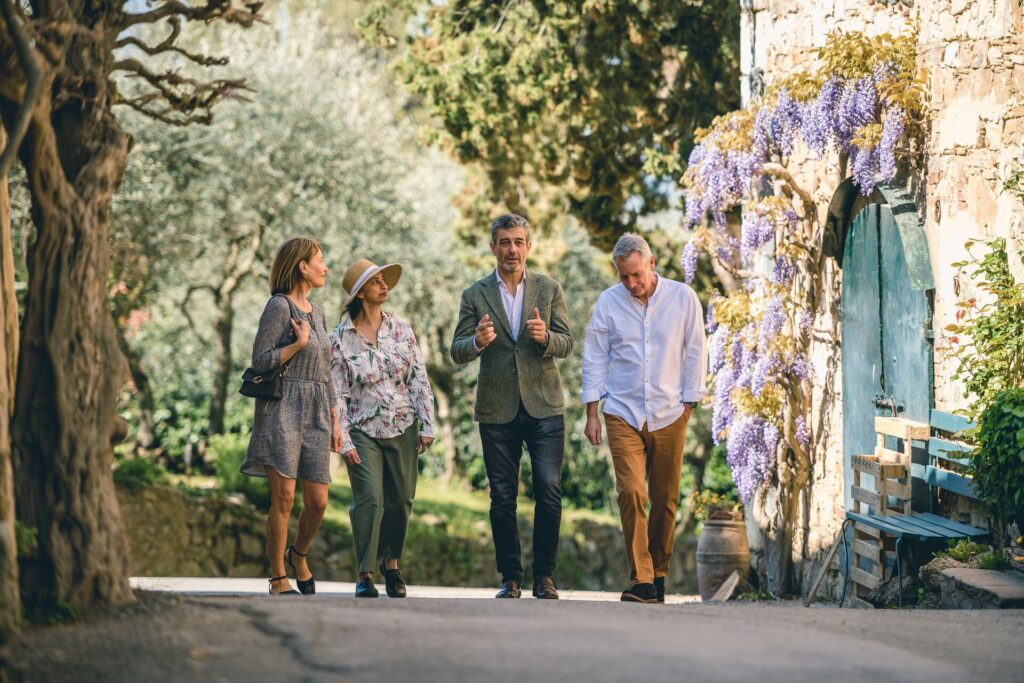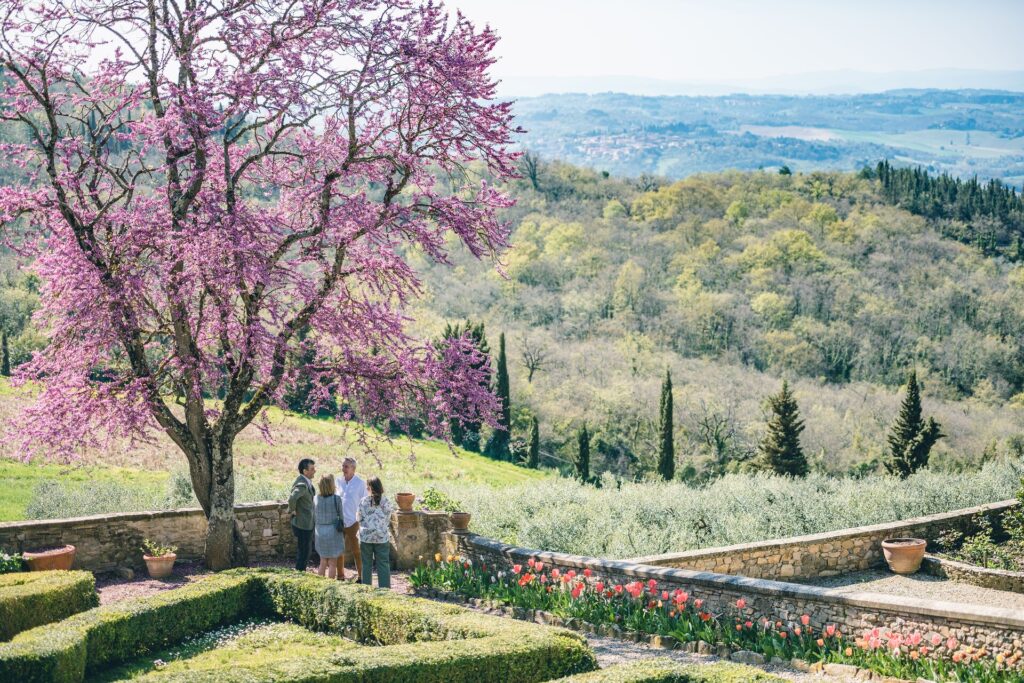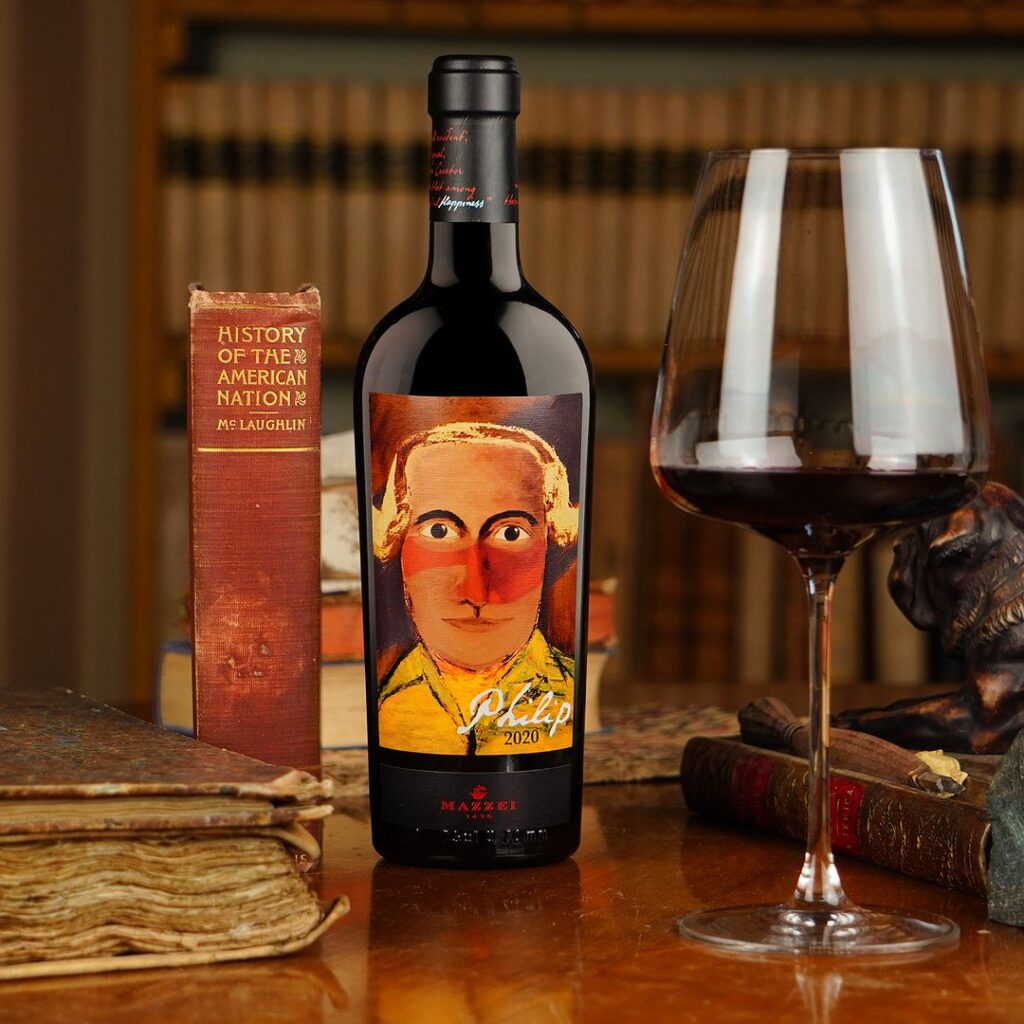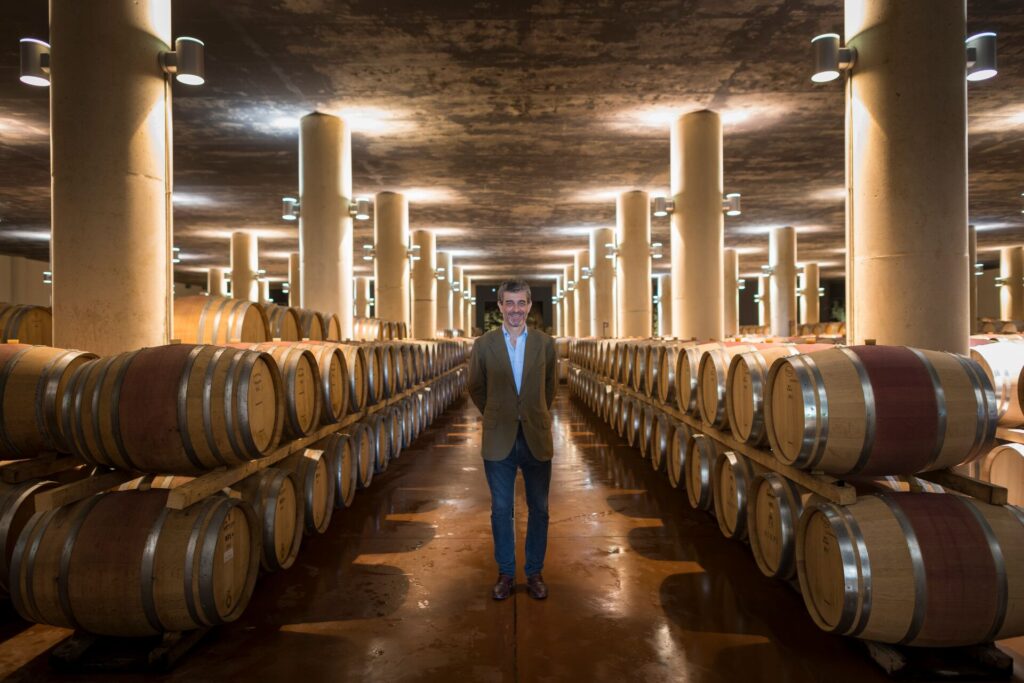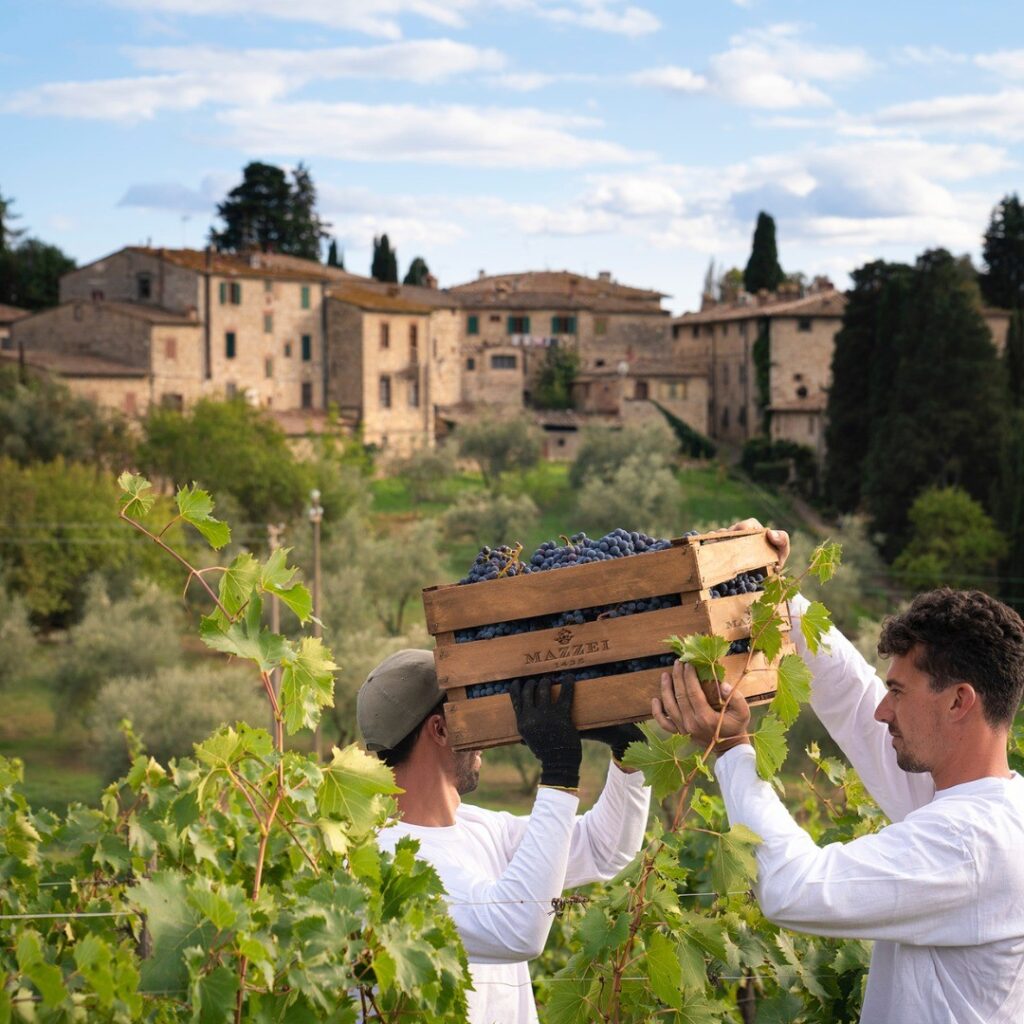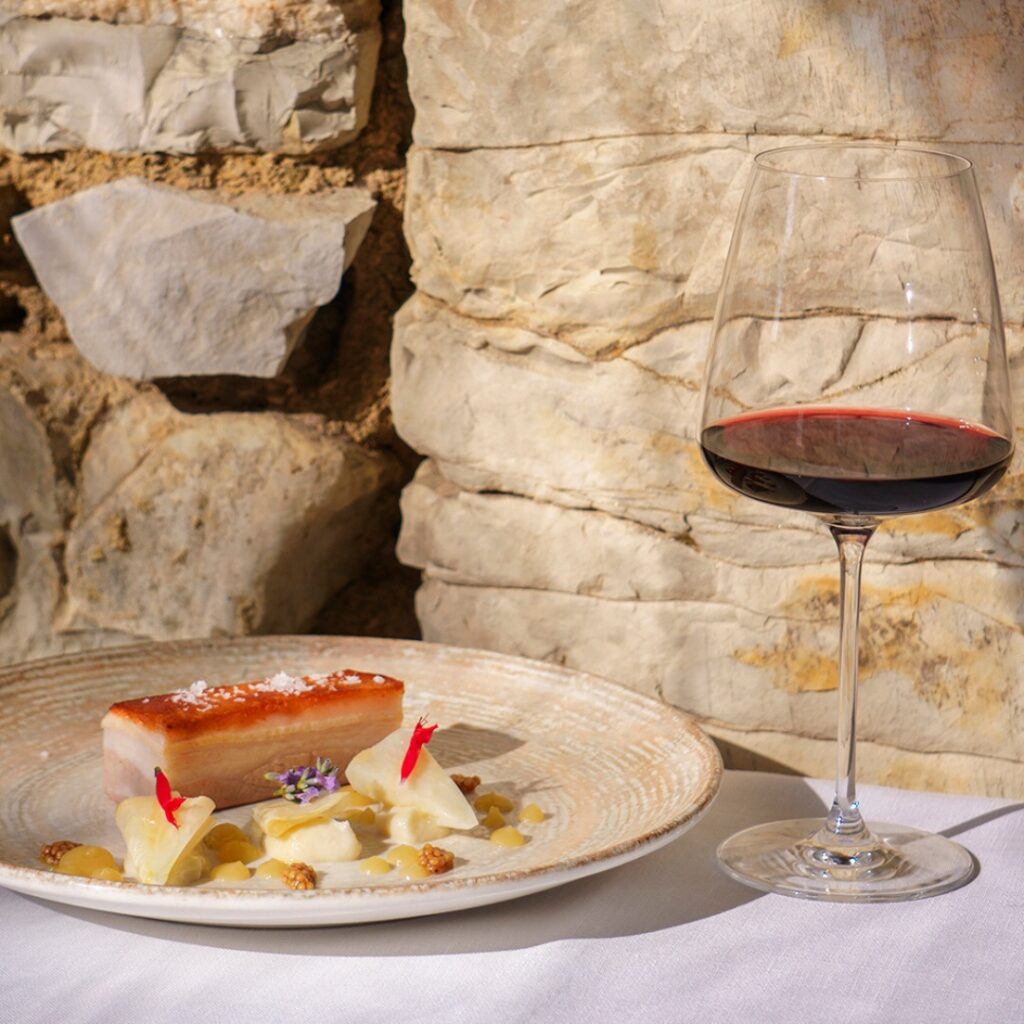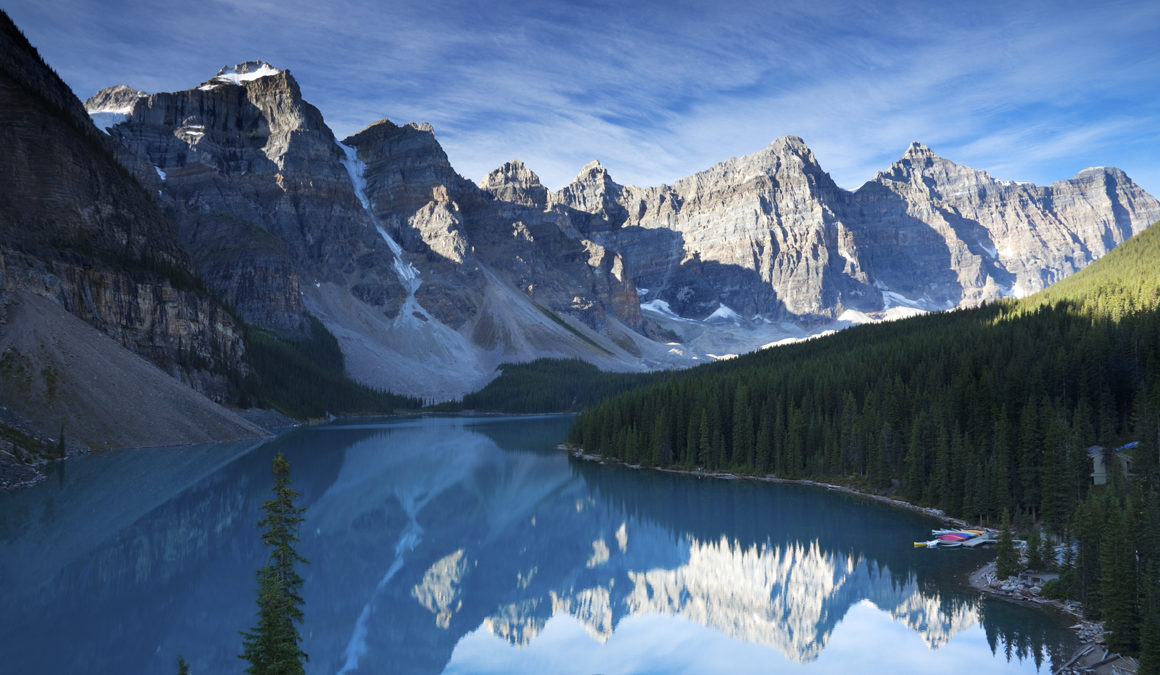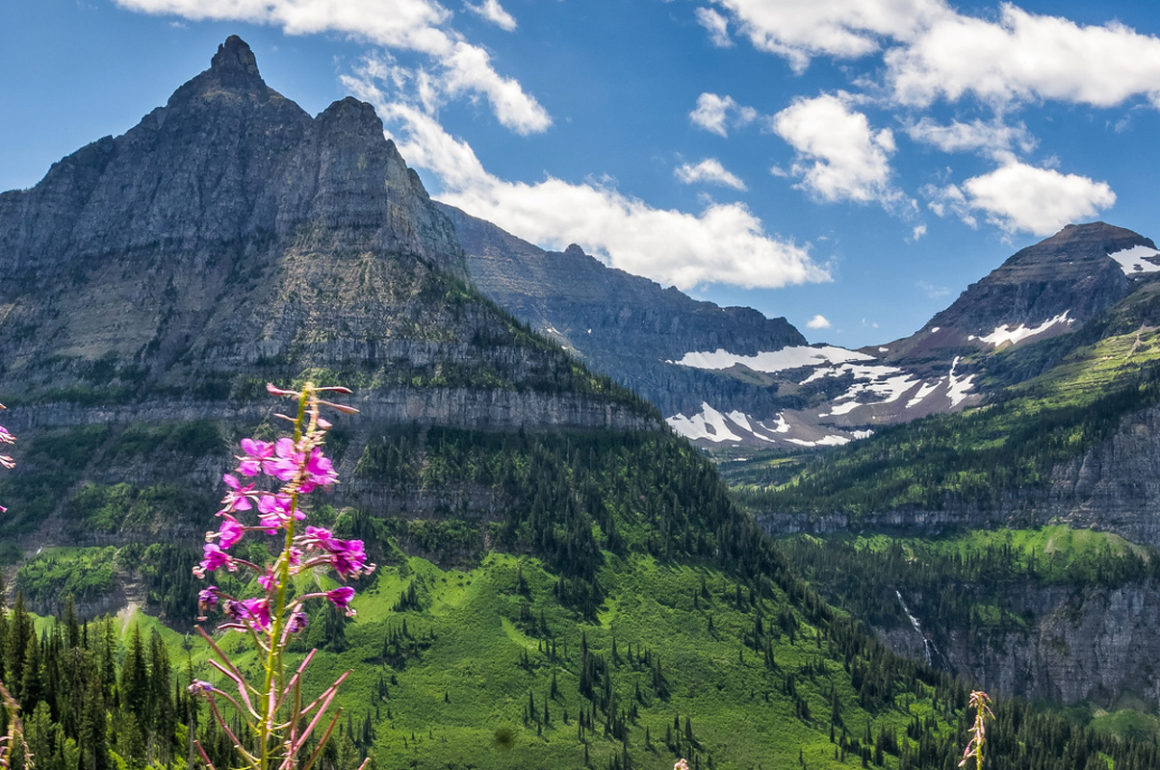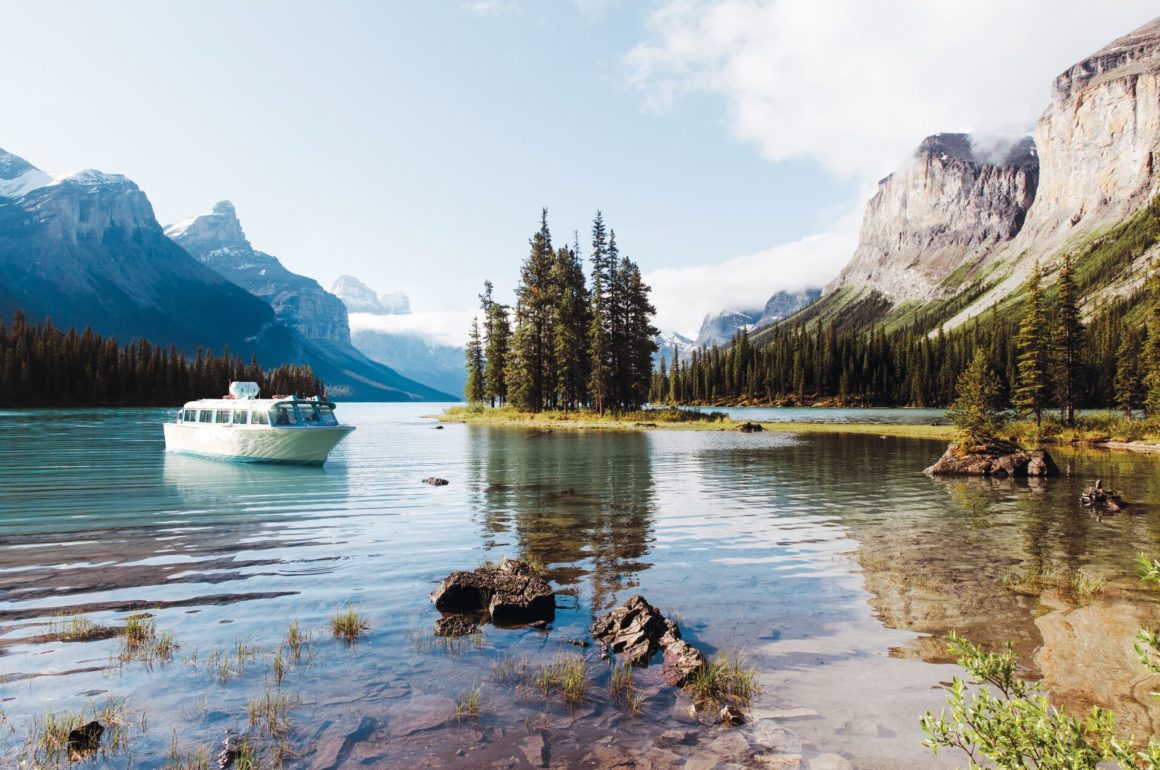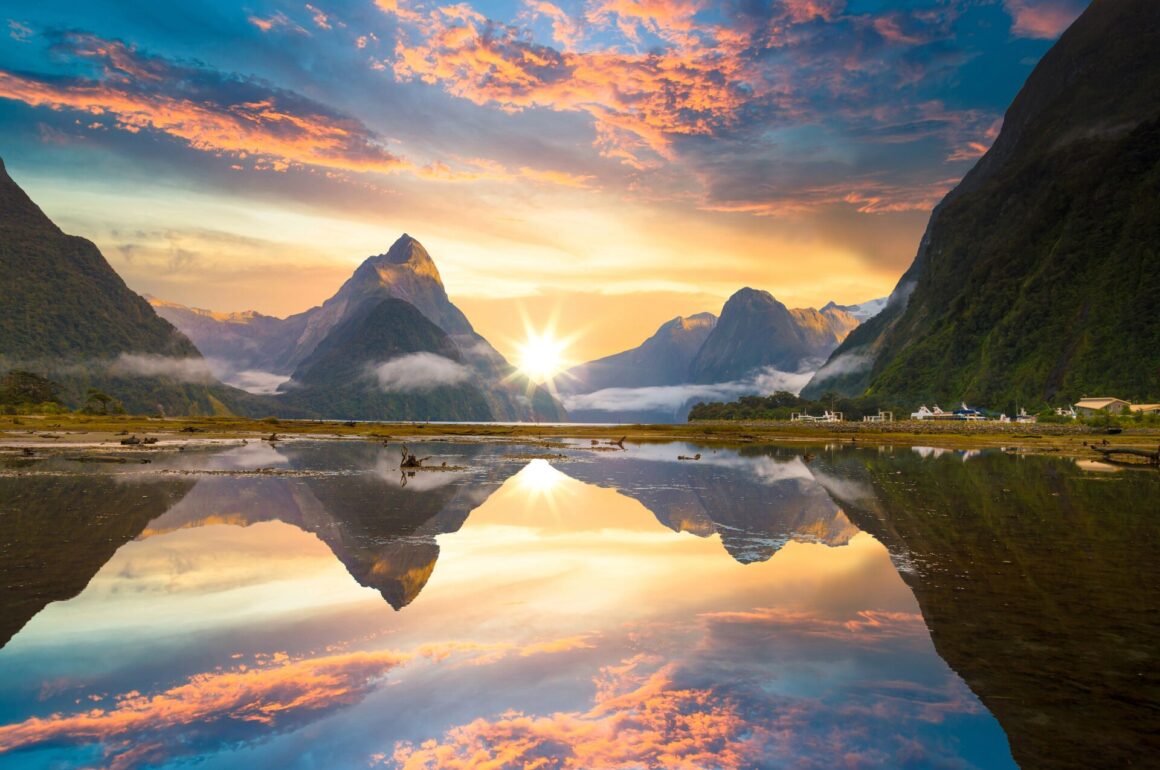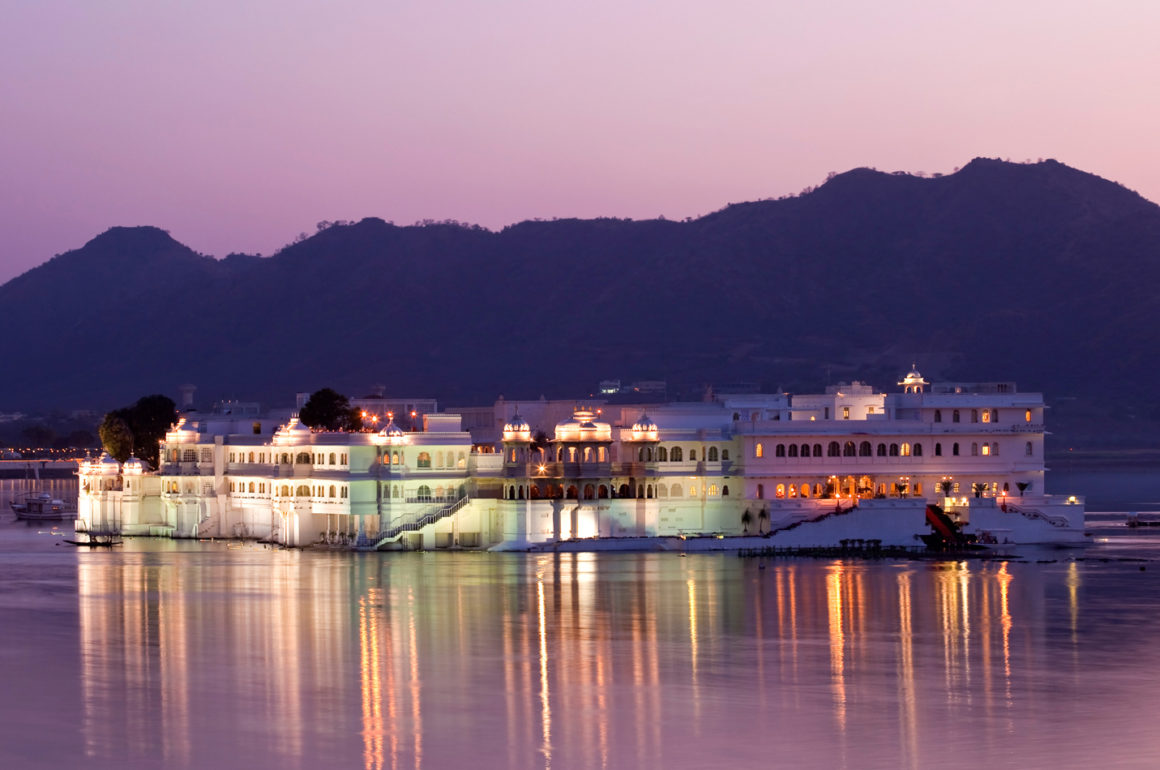Kind and endangered, the Ojibwe Spirit Horses of Mādahòkì Farm have an intriguing story to tell. An important part of Canada’s Indigenous history, they once roamed the lands freely. But through hunting and loss of wild habitat, their numbers dwindled dangerously close to extinction.
To learn of her mission to revive the breed, we spoke to Trina Mather-Simard, CEO of Indigenous-Experiences a non profit indigenous arts and culture organisation and owner of Madahoki Farm. Trina herself is Ojibwe, a status member from Curve Lake First Nation. Her passion is preserving the Ojibwe Spirit Horses and all they represent.

Guests on Indulgence of Eastern Canada are welcomed to Trina’s Mādahòkì Farm. Here you are invited to explore Indigenous history through the lens of these charming equines. Enjoy Indigenous tea and Bannock by the fire. Meet the Ojibwe Spirit Horses and learn about their place in Indigenous culture.
See their history brought to life through the beautiful works of artist Rhonda Snow. Her exquisite artworks tells a series of stories she collected from the memories of Elders.
The Ojibwe Sprit Horses
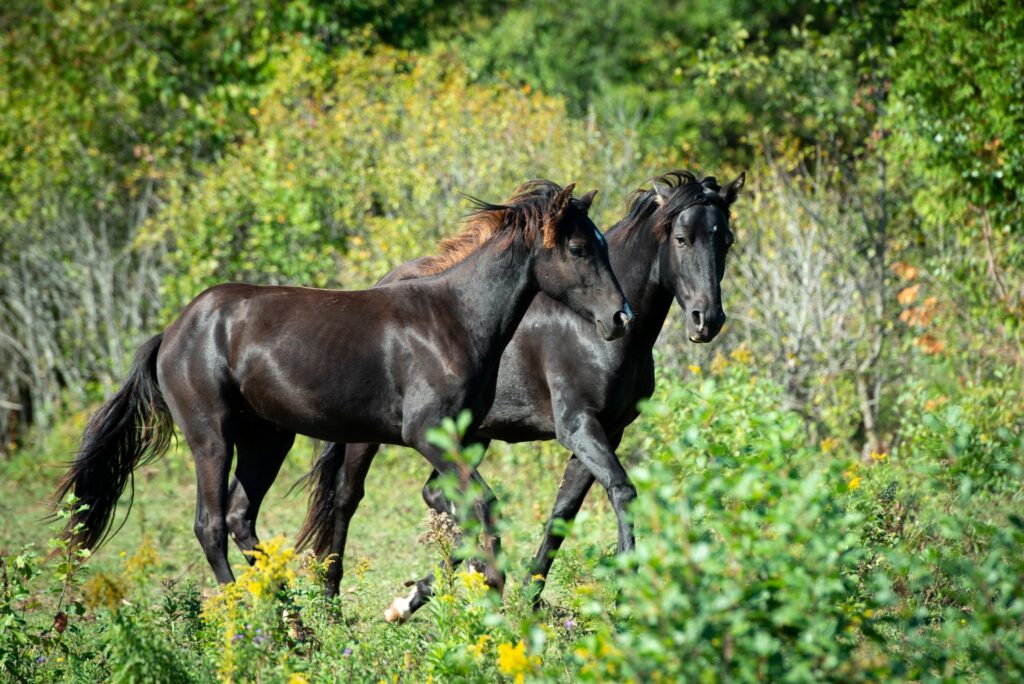
Photo credit: Mādahòkì Farm
Once upon a time, Ojibwe Spirit horses roamed Ontario’s lands, living in harmony with the Indigenous communities since time immemorial. The only known Indigenous breed of horse to Canada, they were hunted to the point of extinction, with their wild lands disappearing.
By 1977, only four wild mares were left in Lac La Croix First Nation area, in northwestern Ontario near the U.S. border to Minnesota. To save them, a group of men from the United States and Canada took them across the frozen ice to Minnesota. Here the mares were matched with a Spanish Mustang to save the breed.
Nowadays there are over 180 Spirit Horses in existence. Dedicated groups and people including Trina continue to work hard to protect the breed as a vital, and adorable, legacy of Indigenous culture.
You might also enjoy reading: Natural Charm: Why Fall is the Best Time to Visit Eastern Canada
Living in partnership
Small, sturdy and built for the Canadian winter, these inquisitive, kind ponies played a key role in indigenous culture. Living in isolated communities where horses roamed free as deer, whenever someone needed a horse, they just went out and caught one.
“They weren’t domesticated, they weren’t corralled. They lived wild, but in partnership with our community,” explains Trina. Still showing their heritage links, many have the prehistoric tiger striping on their legs and dorsal stripes on their backs.
So many untold stories
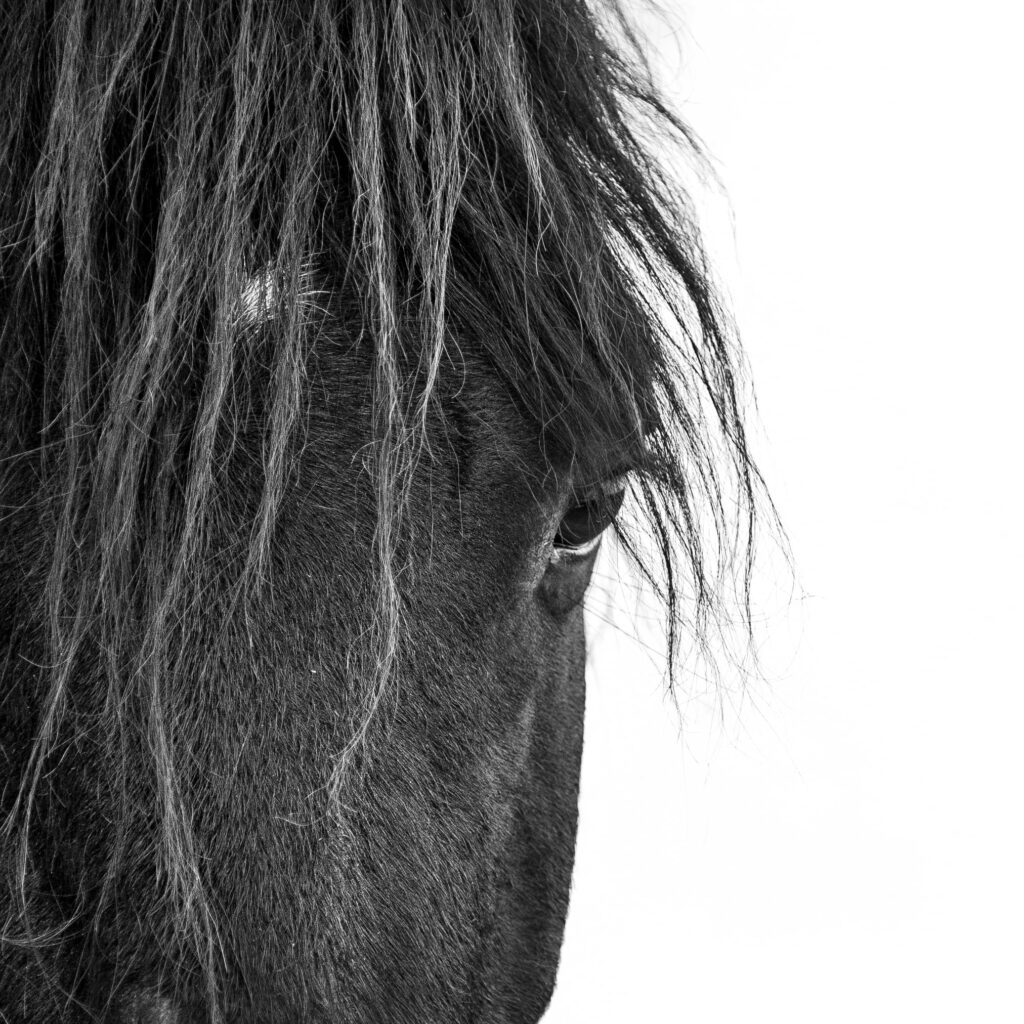
Photo credit: Mādahòkì Farm
“The fact that so few know about the story of the Ojibwe Spirit horses is indicative of the huge tapestry of Indigenous history, culture and heritage in our country,” says Trina. “There is so much for everyone to learn, each element playing an important role.”
“Even though I am Ojibway myself, very involved in indigenous tourism and part of the equestrian world, I only heard about these horses at the beginning of the pandemic.
“I was listening to a podcast on CBC where I heard artist Rhonda Snow, an Ojibway horse caretaker and knowledge keeper, talking about the Ojibwe Spirit horses. So, when travel opened back up, we went to go visit them.”
You might also be interested in: Uncovering Indigenous history with Canada’s Warrior Women
The inspiration behind Mādahòkì Farm
“I thought it was a really important part of our history to share,” Trina explains. “It offers a similar kind of story to the Indigenous community. Our relationship with our lands and the resilience and strength of our community still being here.
“So, they really inspired us to move in a whole new direction with our business. We moved our entire organisation to Madahoki Farm and we purchased our first few Ojibwe Spirit Horses. Then we started building a way to share their story and show people the importance of the reciprocal partnership with the horses and our communities.
Breeding, awareness and education
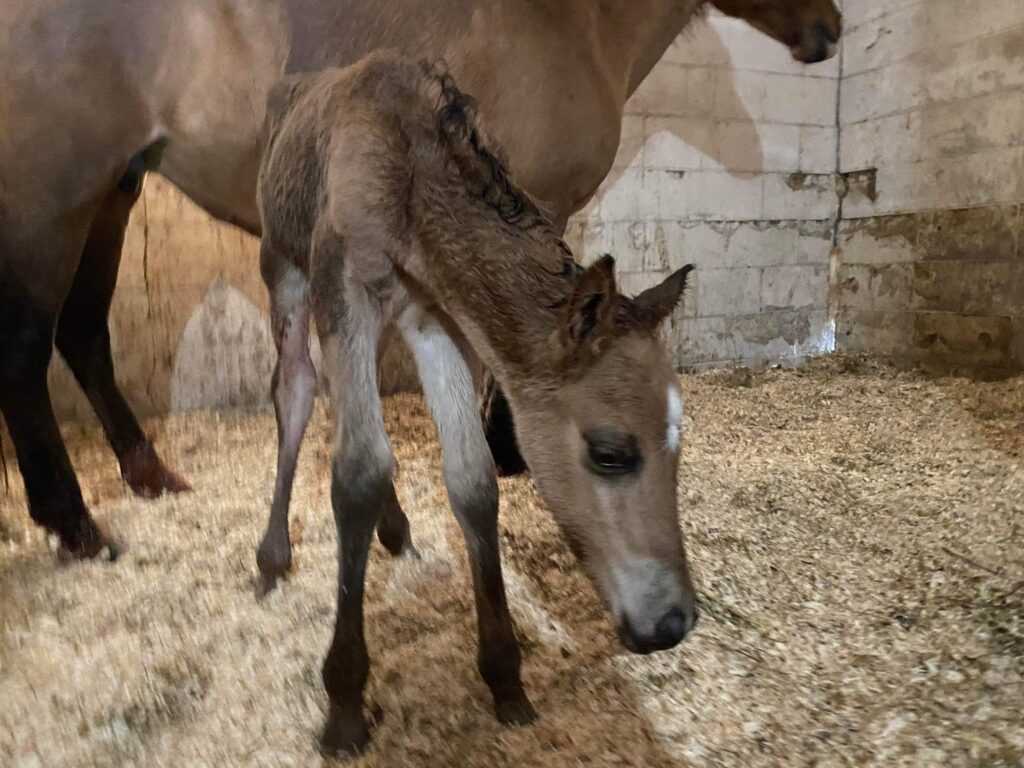
Photo credit: Mādahòkì Farm
“We started with two geldings and two young colts. In talks with the Ojibway Horse Society that is managing the resurgence of the breed, we kept one of our young colts as a stallion. So we intend to continue the breeding and help rebuild this breed as well as our role generating awareness and education about them.
“We now have 10 horses, and we bred a foal last year which was very special. We have a few different pastures, some geldings and mares, and our stallion lives very naturally with his little herd of mares.”
You may also enjoy: The revered Quebec City hotel with an iconic movie star reputation
The works of Rhonda Snow
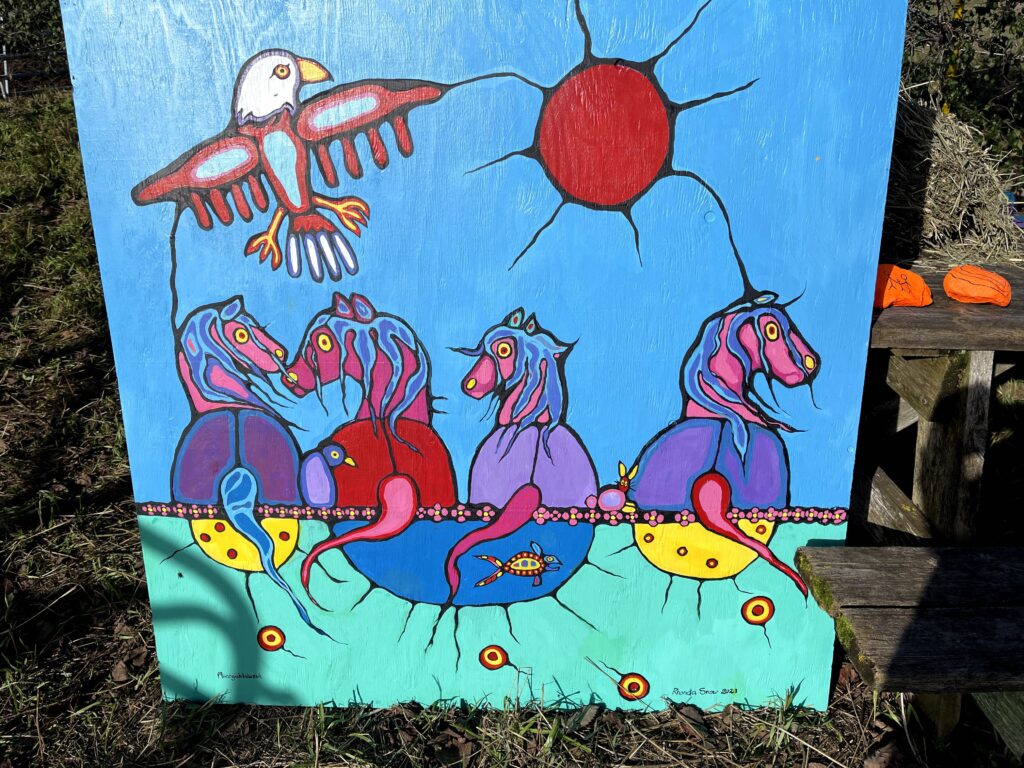
“We also connected with Rhonda Snow, and her work has become a huge part of our education offering here at Mādahòkì Farm,” says Trina, talking of the author and artist from whom she first heard about the Ojibwe Spirit horse’s story.
“What really fascinated me about Rhonda is that she went out and met with Indigenous communities to collect her stories. She spoke to the Elders that remember these ponies and had the oral history. As well as the teachings and stories about the ways that they had been part of their community.”
Artist Rhonda Snow is the recipient of a Lifetime Achievement Award from Rare Breeds Canada for her tireless work preserving the Ojibwe Horse breed.
“She paints these beautiful, vivid woodland style paintings that tell all of these stories that she’s captured from the oral histories,” explains Trina. “We have a series of the paintings that she allows us to share, with the stories and teachings that go along with it. It’s a captivating way to demonstrate how our community and horses lived on these traditional lands.”
You may also enjoy reading: 8 Most Romantic Places in the World
Why they’re known as Spirit Horses
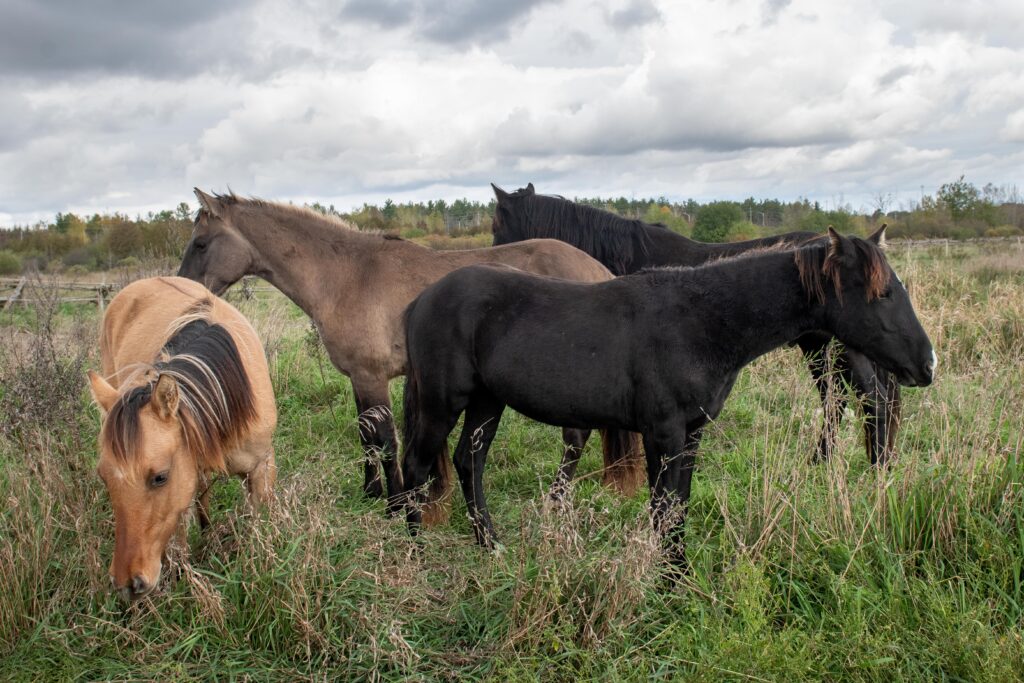
“I think it’s really about that deep connexion to the lands and the way that we as indigenous people view all of the animals,” says Trina. “A reciprocal partnership with equal respect. The horses would be wild and free living near our communities. And, as their elders would tell us, we would have that understanding and that respect for each other.
“They were willing to help transport items and work with the community. And the community would take care of them and help feed them over the winter months. And so I think it just really speaks of the sacred connexion that we see between all living things with Mother Earth.”
Tosee the spender of Eastern Canada, meet the Ojibwe Spirit Horses of Mādahòkì Farm, and take a journey into Canada’s Indigenous history for yourself, take a look at our Indulgence in Easter Canada limited edition tour.



